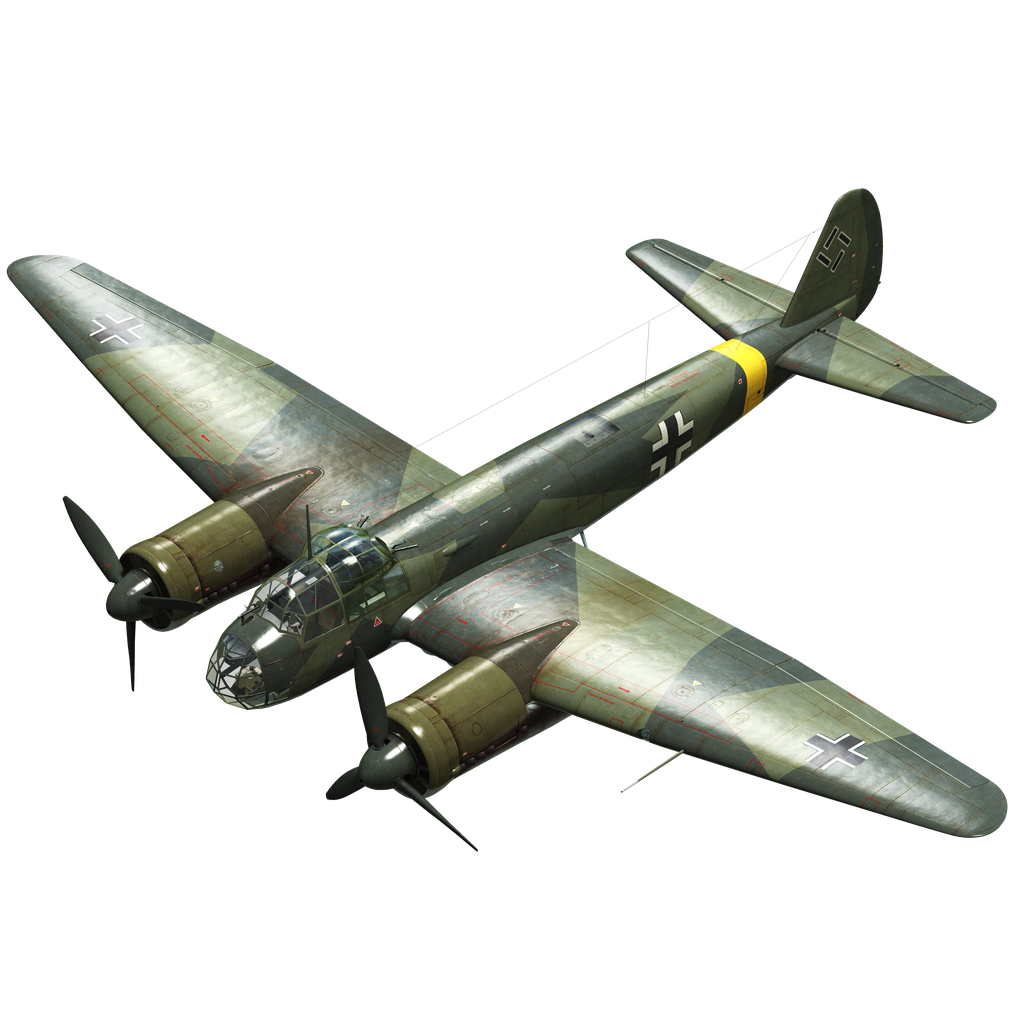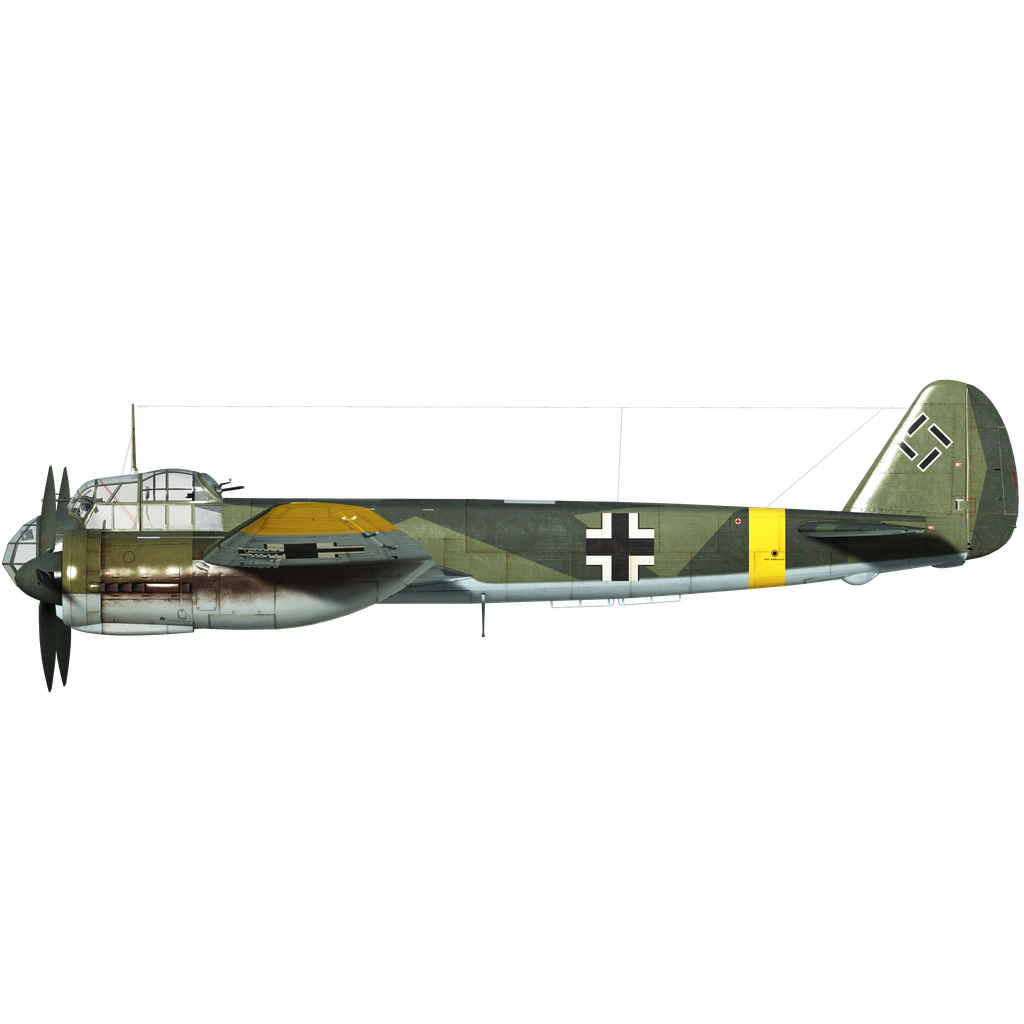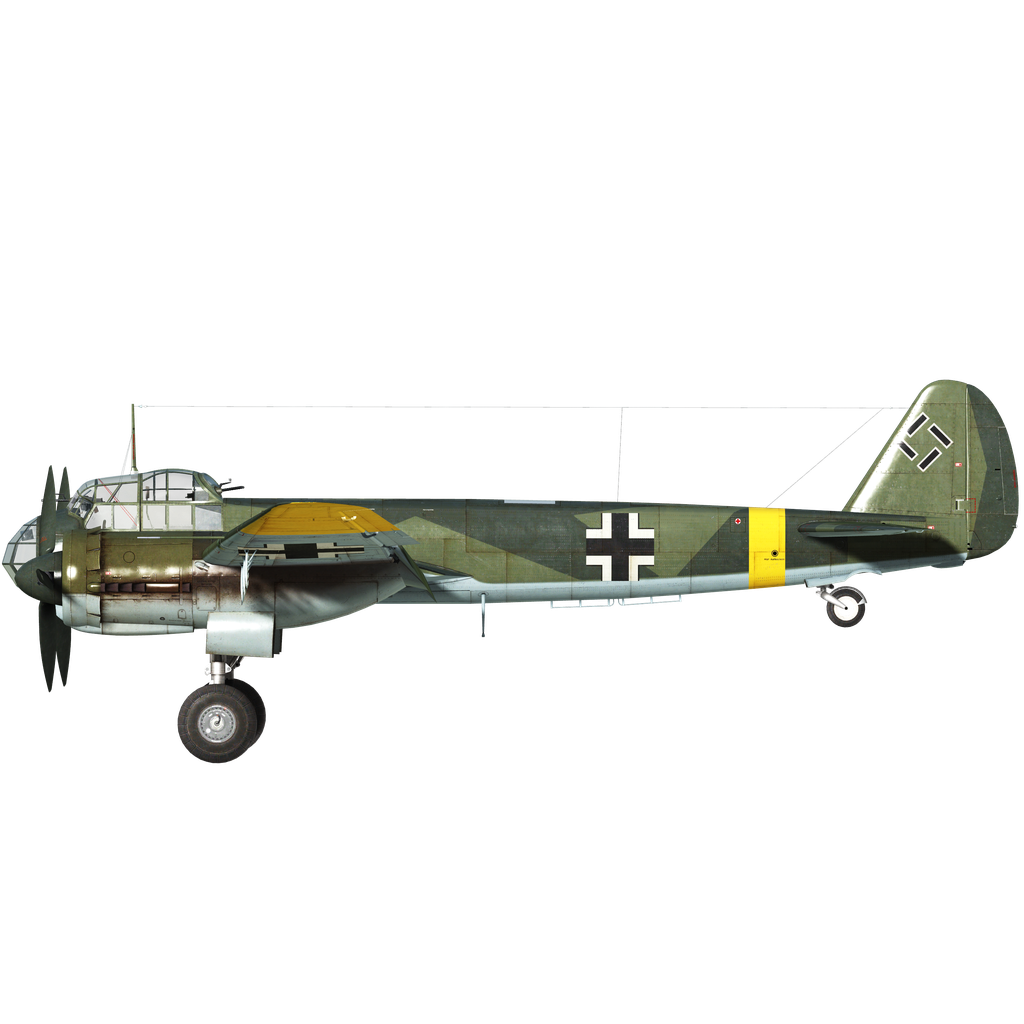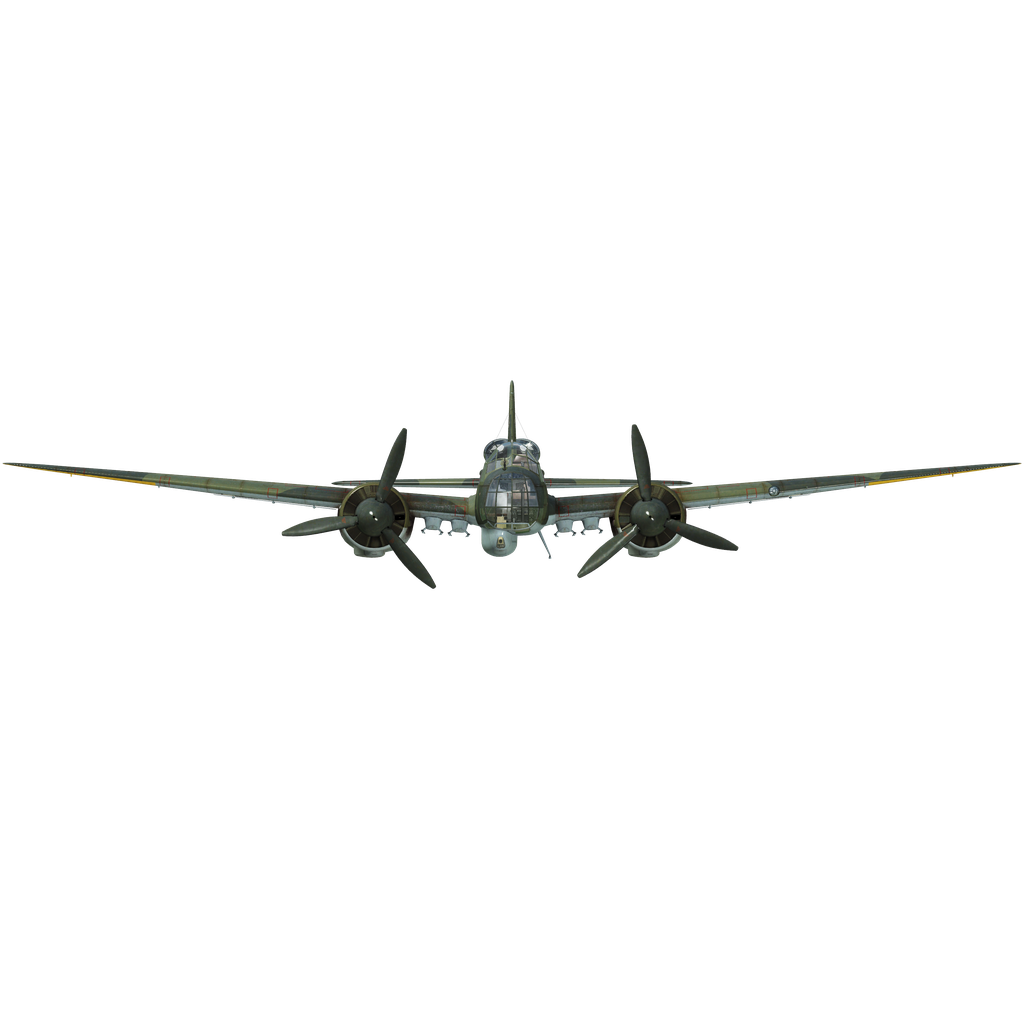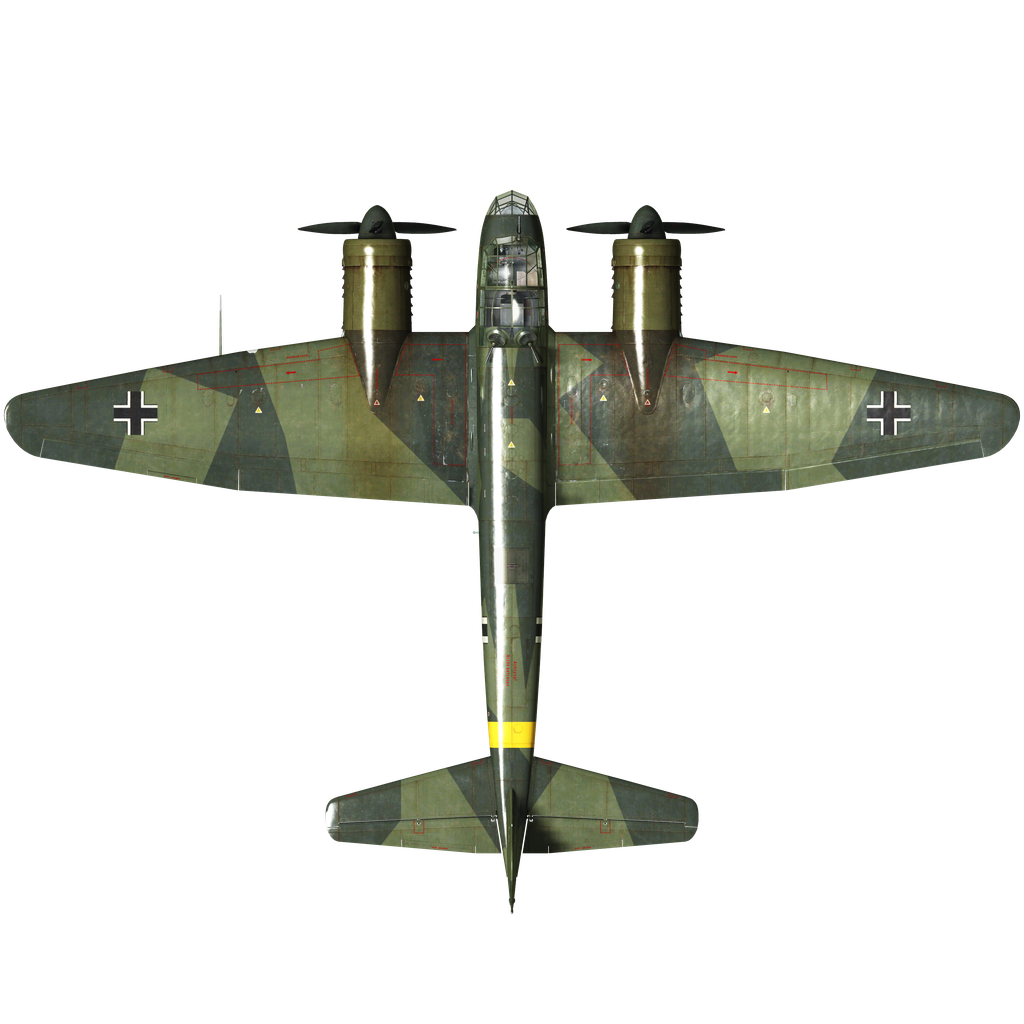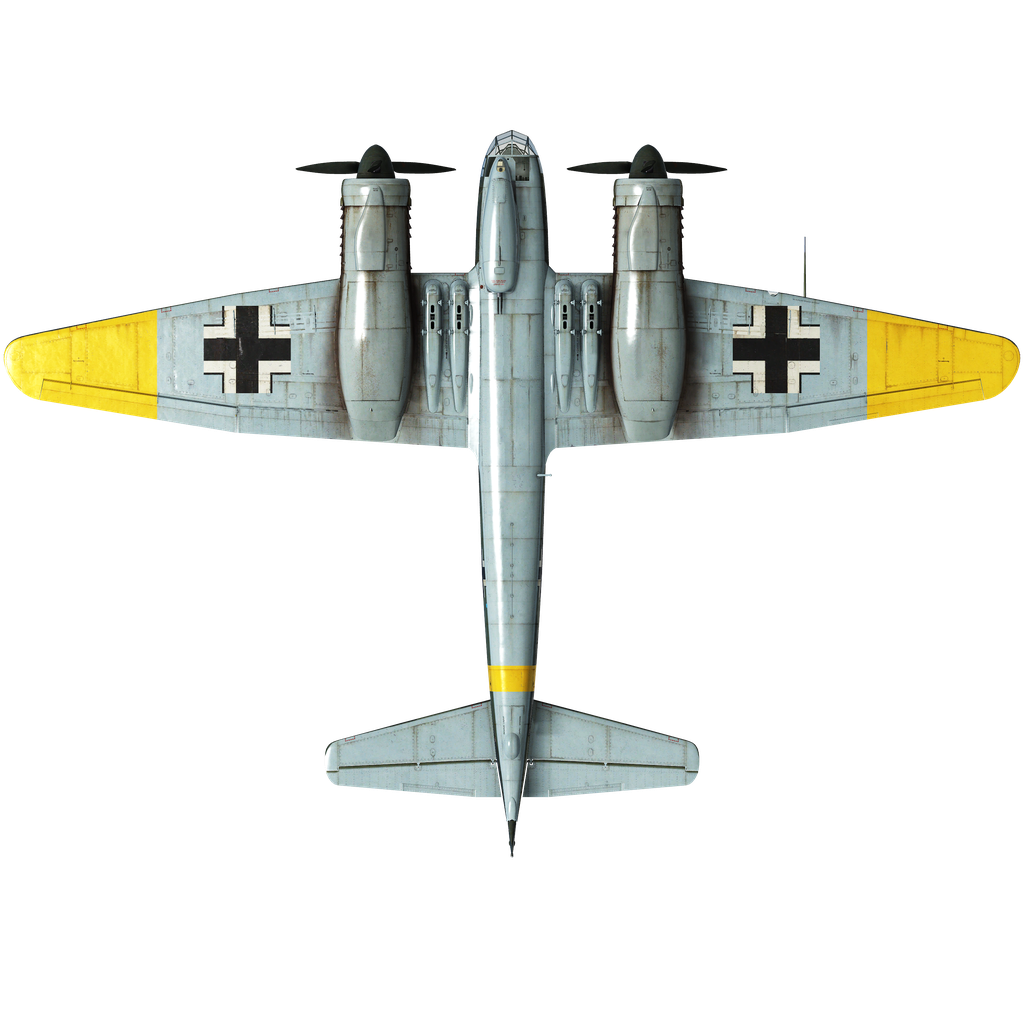In 1935, the Technical Directorate of the German Air Ministry decided that the Luftwaffe needed a fast bomber instead of a multipurpose heavy fighter-bomber-reconnaissance aircraft. To this specification, Junkers developed the Ju 88, which was tested in 1936-1937, but the requirements changed again and this aircraft had to be converted into a twin-engine dive bomber. Therefore, the new bomber prototype was flown only on February 2, 1938, and by the beginning of the war only 133 Ju 88 As were in service, but their production was continuously increased and they were actively used in combat operations. During the Battle of Britain, the Ju 88 proved to be a highly effective bomber. Its high-speed characteristics, good maneuverability, and large bomb load allowed it to be used for a variety of combat missions, and the high combat survivability of this aircraft was achieved by self-sealing and armored fuel tanks, duplication of fuel lines, and rudder control rods. Compared to the losses of the Do 17 and the He 111, the losses of the Ju 88 were much lower. At the end of 1940, a new modification with more powerful engines and increased armament, the Ju 88 A-4, went into production.
The Ju 88 A-4 was a twin-engine all-metal monoplane with water-cooled Jumo 211J-1(-2) engines and a takeoff power of 1340 hp. Thanks to the more powerful engines, the maximum speed of the A-4 bombers increased by 24 km/h and the maximum bomb load was increased to 3600 kg. In the front part of the fuselage, there was a glass-enclosed cockpit where the entire crew of the aircraft was located: pilot, navigator-bombardier, lower rear gunner, and gunner-radioman. This arrangement made it possible to replace an incapacitated crew member. The cockpit was equipped with armor protection, the total weight of which was about 110 kg. To protect the cockpit glazing in the event of a collision with a balloon tether, blades with appropriate reinforcements were installed along the leading edge of the cockpit. Due to the increased weight of the aircraft, the landing gear struts were strengthened and larger diameter wheels were installed.
The defensive armament of the Ju 88 A-4 was also significantly improved. Instead of the 7.92 mm MG 15 machine guns, almost all gun ports were equipped with the faster and easier-to-use 7.92 mm MG 81Z twin machine guns, and later aircraft were equipped with 13.2 mm MG 131 large-caliber machine guns. The aircraft carried bombs on both internal and external racks.
-
M 1: bomb racks for 18 50 kg bombs in the forward bomb bay;
-
M 2: bomb racks for loading 10 50 kg bombs in the rear bomb bay;
-
M 8: bomb racks (inner pair) for loading bombs on external racks under the center section;
-
M 14: bomb racks (outer pair) for external loading of bombs under the center section;
-
M 15: bomb racks (left/right) for loading bombs carried externally under the wings;
-
B 1: additional fuel tank in the forward bomb bay with a capacity of 1220 liters;
-
B 2: additional fuel tank in the aft bomb bay with a capacity of 680 liters;
-
B 3: Additional oil tank (in the left wing);
-
B 4: Additional oxygen supply.
-
A: bomb racks for carrying 20 50 kg bombs in the forward bomb bay;
-
B: bomb racks for 10 50 kg bombs in the rear bomb bay, with a 1220-liter fuel tank installed in the front compartment;
-
C: two additional fuel tanks located in the forward (1220 liters) and aft (3680 liters) bomb bays.
The tropical variant of the A-4 that was completed in Luftwaffe repair facilities was designated Ju 88 A-4/Trop.
The Ju 88 A-4 was first used against the USSR and remained in service until the end of the war. The Ju 88 A-4 can be considered the best of the Luftwaffe's twin-engine bombers and one of the best in its class during World War II. Being inferior to enemy aircraft in some parameters, it was generally used quite successfully as a day bomber and torpedo bomber until the middle of 1944, when with the transition of air supremacy to the enemy its fate became night sorties.
Sources used:
1. W. Creen "The Warplanes of the Third Reich", Galahad Books, 1986
2. "Wings of the Luftwaffe" Translation of W. Green's book "Combat Airplanes of the Third Reich" by A. Firsov, 1993.
3. materials of the site airwar.ru
